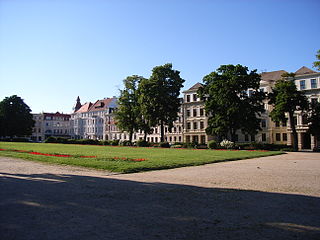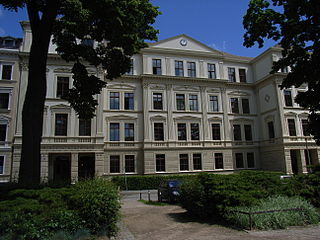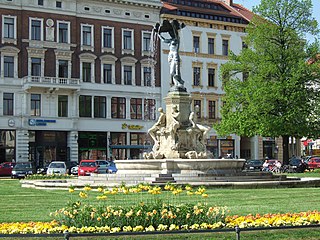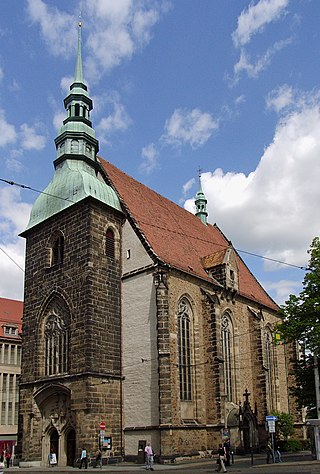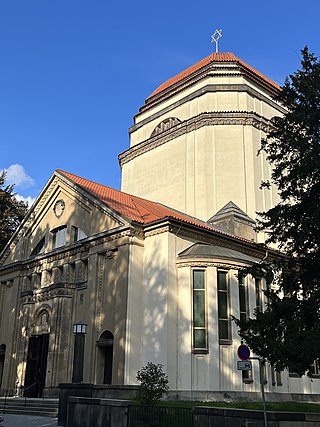Self-guided Sightseeing Tour #3 in Görlitz, Germany
Legend
Tour Facts
2.3 km
40 m
Experience Görlitz in Germany in a whole new way with our free self-guided sightseeing tour. This site not only offers you practical information and insider tips, but also a rich variety of activities and sights you shouldn't miss. Whether you love art and culture, want to explore historical sites or simply want to experience the vibrant atmosphere of a lively city - you'll find everything you need for your personal adventure here.
Individual Sights in GörlitzSight 1: Werner Fränkel
The list of stumbling stones in Görlitz contains all 81 stumbling stones that were laid at 29 locations in the city of Görlitz as part of the project of the same name by Gunter Demnig. Three of them, for the Goldberg family, commemorate Jewish families in the former Görlitz Oststadt Zgorzelec. They are intended to commemorate victims of National Socialism who lived and worked in Görlitz.
Sight 2: Brunhilde Fränkel
The list of stumbling stones in Görlitz contains all 81 stumbling stones that were laid at 29 locations in the city of Görlitz as part of the project of the same name by Gunter Demnig. Three of them, for the Goldberg family, commemorate Jewish families in the former Görlitz Oststadt Zgorzelec. They are intended to commemorate victims of National Socialism who lived and worked in Görlitz.
Sight 3: Hans-Gerhard Fränkel
Sight 4: Wilhelmsplatz
The rectangular Wilhelmsplatz in the southern city centre is the largest Görlitz town square with an east-west extension of over 200 m and a north-south extension of around 100 m. The centre of the square is a large lawn surrounded by flower beds as planting ribbons. A row of hedges and trees separates the green square from the busy Jakobstraße in the west. Wilhelmsplatz is located between the city center and Görlitz train station.
Sight 5: Joliot-Curie-Gymnasium
The Joliot-Curie-Gymnasium is a general education school in the secondary education sector that leads to the university entrance qualification. The school, which emerged from the Luisenschule, is located on the north side of Wilhelmsplatz in the East Saxon city of Görlitz. It is one of two grammar schools in the city and is under their sponsorship. The Gymnasium offers the natural and social science profiles.
Sight 6: Straßburg-Passage
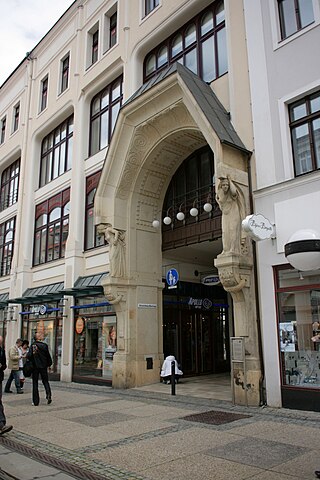
The Straßburg-Passage is a shopping arcade built in 1908 in Görlitz. It is an architectural monument in Art Nouveau style and connects Berliner Straße with Wilhelmsplatz.
Sight 7: Girl with the Shell
The Muschelminna, also called Toberentzbrunnen after its architect Robert Toberentz, is a fountain built in 1887 on the Postplatz in the city of Görlitz. The name originated from the vernacular that referred to the bronze statue standing on the marble pedestal. The statue was melted down during World War II. Since 1994, a faithful replica has been on display on the fountain.
Sight 8: Church of Our Lady
The Frauenkirche is a three-aisled hall church in the late Gothic style. The church was once located at the gates of the city of Görlitz. In the meantime, however, it is located in the middle of the center and shapes the image of the city center. In the autumn of 1989, it was the starting point for the prayers for peace in the city.
Sight 9: Cultural Centre Synagogue of Goerlitz
The Görlitz Synagogue is a Jewish congregation and synagogue, located on Otto-Müller-Straße, in Görlitz, Germany. Built between 1909 and 1911 in the Art Nouveau style, the synagogue was the main place of worship for the city's Ashkenazi Jewish community. Despite an arson attack, the synagogue was one of the few synagogues in the area to survive Kristallnacht, sustaining only minor damage. The damage was lessened as firefighters ignored the Nazi German orders to let the synagogue burn. With the city's Jewish population depleted, the unused synagogue became a ruin in the following decades.
Wikipedia: Görlitz Synagogue (EN), Website, Heritage Website
Sight 10: Fischende Knaben
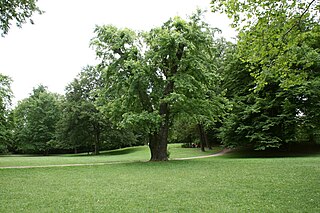
The Stadtpark is an inner-city green space in the East Saxon city of Görlitz.
Sight 11: Stadthalle Görlitz
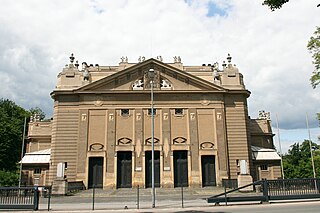
The Stadthalle is a concert hall in Görlitz, Germany. From its opening in 1910 until its closure in 2005, the building has been used for a variety of cultural events, including concerts, sporting events and trade fairs. A planned renovation was cancelled in 2012. The Förderverein Stadthalle Görlitz e. V. is committed to the preservation of the cultural monument.
Share
How likely are you to recommend us?
Disclaimer Please be aware of your surroundings and do not enter private property. We are not liable for any damages that occur during the tours.
GPX-Download For navigation apps and GPS devices you can download the tour as a GPX file.
